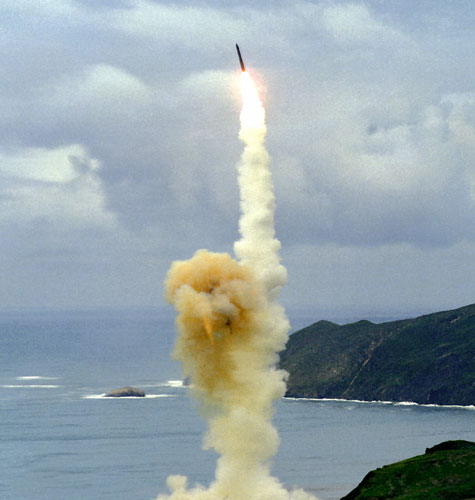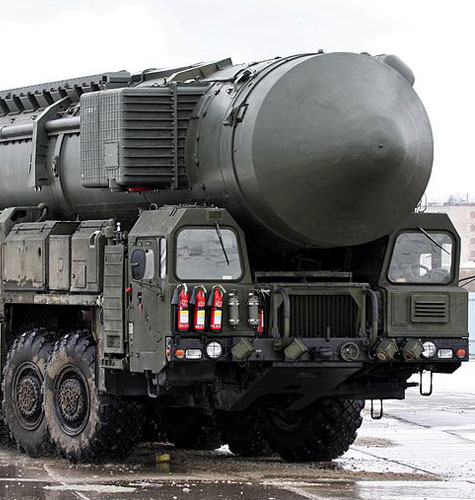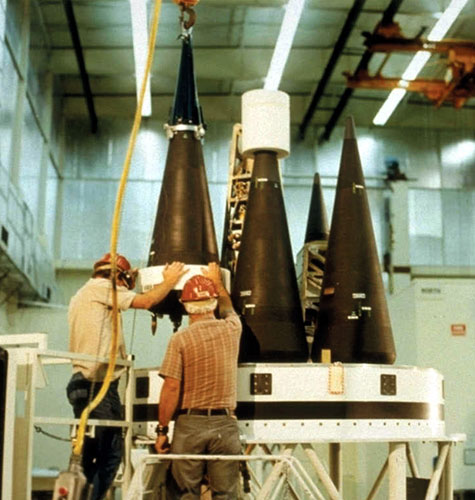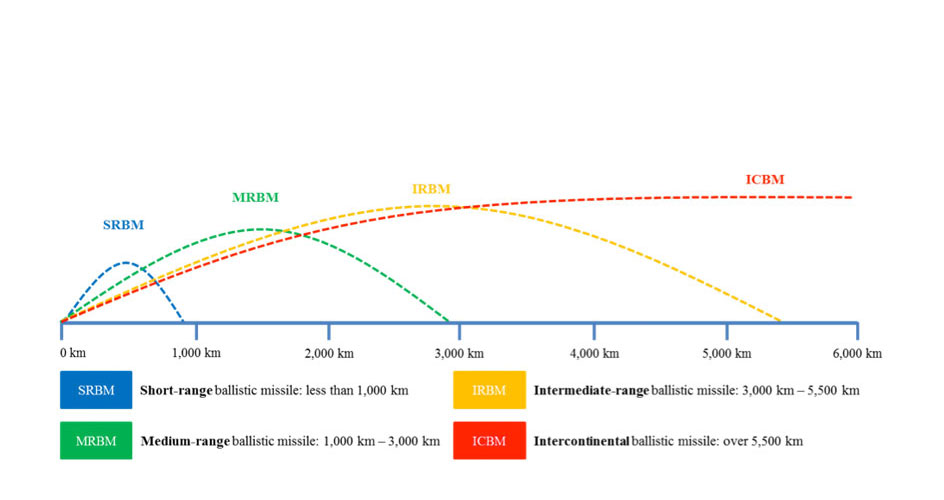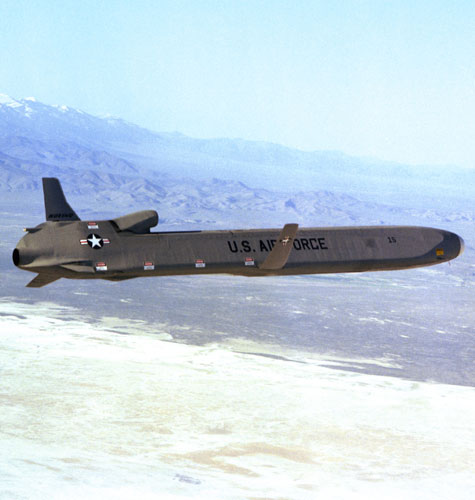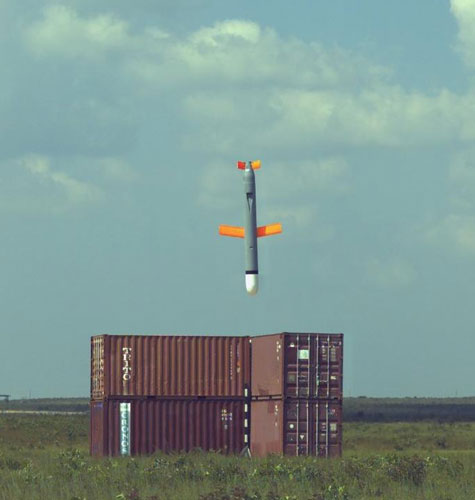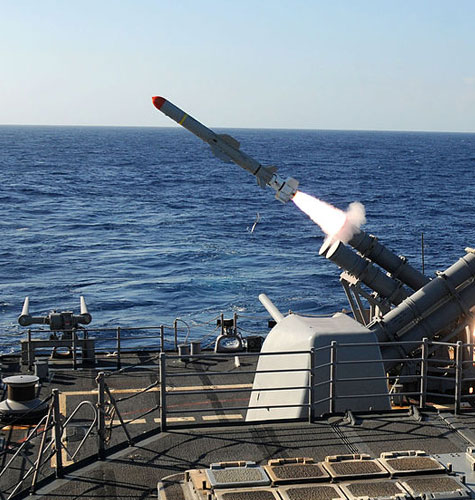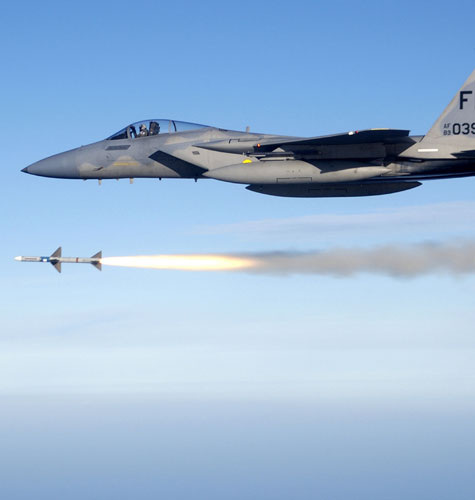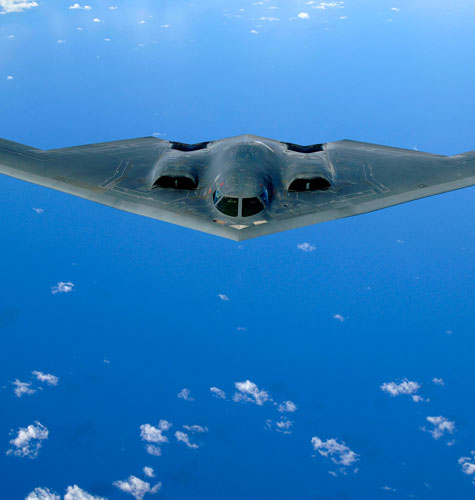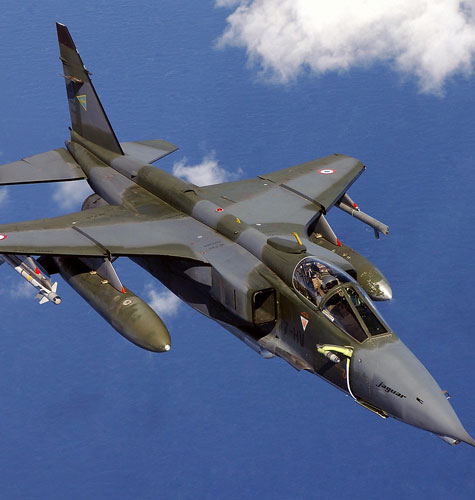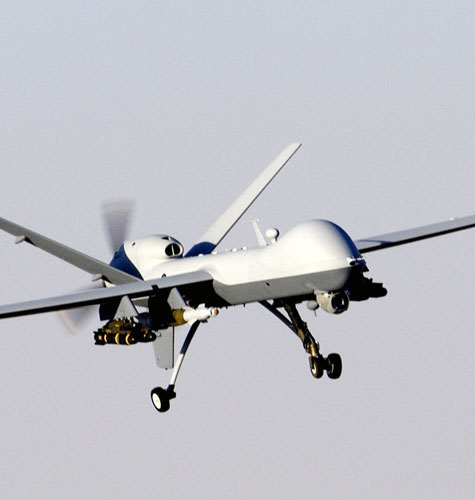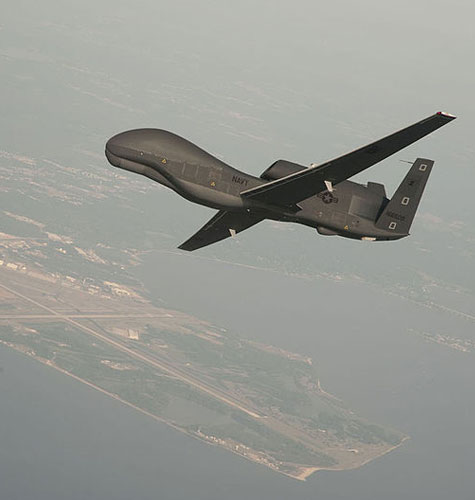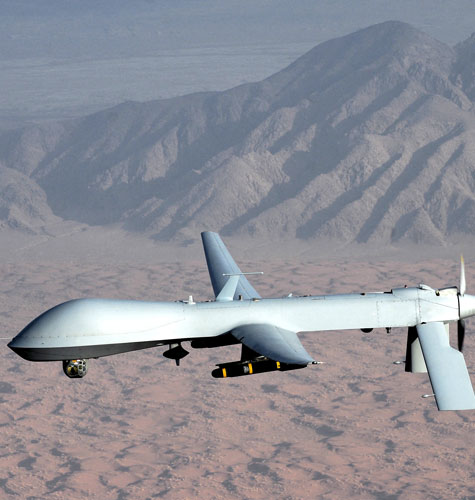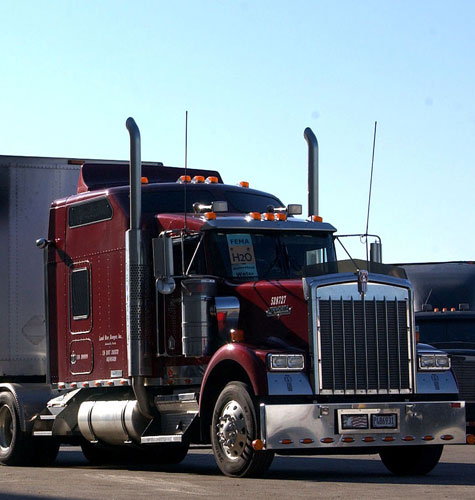Updated: 2023
What is a delivery system, and how are they relevant to WMD proliferation?
- Delivery systems―such as ballistic and cruise missiles, combat aircraft, and drones―determine how, when, and against whom a country can use conventional, nuclear, chemical, or biological weapons.
- Today over 30 countries possess ballistic missiles, over 20 have cruise missiles, many more operate combat aircraft, and others are pursuing these technologies. Their proliferation increases the risk additional countries will be able to carry out WMD attacks, and fuels regional and global instability through arms racing.
- Countries have turned to a variety of diplomatic and military tools to address the proliferation of delivery systems, including arms control agreements, missile defense capabilities, and cooperative mechanisms to regulate trade in delivery systems and interdict their illicit shipment.
What types of delivery systems exist?
Why do countries choose different types of delivery vehicles?
A country’s decision to acquire a particular delivery system depends on its unique political and military circumstances. This decision can be driven by a system’s availability, the type of WMD to be delivered, the intended targets, and perceptions about what is required for deterrence. A country’s decision may also be impacted by internal bureaucratic dynamics as well as an adversarial country’s development of certain delivery systems.
More technologically advanced countries tend to develop multiple types of delivery systems. For example, the U.S. strategic nuclear arsenal consists of land-based ICBMs, submarine-launched ballistic missiles (SLBMs), and heavy bombers, which collectively form the U.S. nuclear triad.
Attributes affecting the suitability of a delivery system for a particular country include range, accuracy, payload weight and type, ability to penetrate enemy defenses, survivability in case of a preemptive attack, as well as cost and the availability of assistance.
Delivery System Attributes
Range
Among all delivery systems, ballistic missiles and combat aircraft can travel the furthest without assistance.
- The ranges of ballistic missiles vary from a few hundred kilometers (km) to several thousand for ICBMs.
- Among combat aircraft, heavy bombers can reach distances over 10,000 km, while strike aircraft are typically limited to around 1,000 km. Both types can take advantage of in-air refueling, which can extend their range beyond that of even the longest range ballistic missiles.
- Similarly, the effective range of cruise missiles or UAVs can be greatly extended by the range of their launch platforms, such as surface ship or submarines.
Payload
Each of the major delivery systems can theoretically carry nuclear, chemical, or biological warheads, but not all are ideally suited to do so.
- Combat aircraft can generally deliver much larger payloads than ballistic or cruise missiles or UAVs. Heavy bombers can carry tens of thousands of kilograms of nuclear or conventional weapons.
- Ballistic missile payloads vary widely, from below 1,000 kg for short-range missiles to several thousand for SLBMs and ICBMs.
- Cruise missiles are usually equipped with payloads weighing less than 1,000 kg.
- UAVs typically cannot carry large payloads, but some of the larger more advanced versions, such as the U.S. MQ-9 Reaper, have a maximum payload of nearly 2,000 kg.
- Cruise missiles and UAVs are better suited for chemical and biological weapons than ballistic missiles since they can fly at lower altitudes and slower speeds, and therefore avoid doing harm to the agents.
Accuracy
The accuracy needed to deliver WMD depends on the type of weapon and the target. Nuclear weapons, because of their immense destructive potential and the tendency of planners to select “soft” civilian targets such as cities, generally require less accuracy, except when they are used to target hardened military targets.
- Combat aircraft with guided munitions and well-trained pilots, and cruise missiles with their in-flight maneuverability and sophisticated guidance systems, are typically much more accurate than ballistic missiles.
- Ballistic missiles tend to be less accurate since their trajectories are configured early in their flight, leaving little possibility for subsequent corrections.
- UAVs can be extremely accurate given their ability to track a target for an extended period of time.
Defense Penetration
The ability of a delivery vehicle to overcome an adversary's defenses depends on many factors, including its speed, altitude, radar signature, and any on-board countermeasures.
- Ballistic missiles are extremely difficult to defend against given their extreme speed, the steep angle with which they strike a target, and their ability to carry countermeasures known as penetration aids, or "PENAIDS."
- Cruise missiles are also very difficult to defend against since they can fly below enemy radar and around air defense installations on their way to a target. More advanced cruise missiles incorporate stealth technology, and some countries are developing missiles equipped with decoys.
- Combat aircraft are typically more vulnerable than missiles, but stealth technology can help make them virtually invisible to radar.
- UAVs have a small radar signature, but travel at sub-sonic speeds, making them relatively easy to shoot down. Some UAVs, such as the U.S. MQ-9 Reaper, can reach altitudes of 50,000 feet, placing them within range of only advanced air defense systems. However, UAVs would need to fly at low altitude and reduced speed to deliver chemical or biological weapons so as not to harm the agents, making them more vulnerable.
Survivability
- The launch platforms for ballistic and cruise missiles typically provide these systems with greater pre-launch survivability. For example, hardened missile silos provide increased protection against a pre-emptive attack and missiles on road-mobile launchers or aboard submarines are difficult for an adversary to locate.
- Combat aircraft and UAVs are more vulnerable because they are kept near runways. If a pre-emptive strike is detected with enough warning, however, these systems can be put in the air for protection.
Cost and Availability
The cost of each delivery system varies greatly, depending on how high-tech a particular model of a certain system is. Up-front development costs vary widely from country to country. Cost is unlikely to figure heavily into a country's decision to acquire a particular nuclear delivery system, since the total costs of developing nuclear weapons would far exceed those of any delivery system.
- Combat aircraft, which require extensive support infrastructures and specialized pilot training, tend to be more expensive than ballistic or cruise missiles. Combat aircraft are widely available, and every country suspected of possessing or seeking WMD also has aircraft that could be readily modified to deliver them.
- Cruise missiles tend to cost less than ballistic missiles by a factor of two or more. Unlike combat aircraft, both cruise and ballistic missiles are subject to international export control regimes, but several supplier countries, such as North Korea, Iran, and Pakistan, remain outside of these arrangements. Such assistance can greatly reduce or possibly eliminate up-front development costs.
- Low-tech UAVs can be quite inexpensive, but more advanced versions can cost more than even ICBMs. Like ballistic and cruise missiles, certain types of UAVs are controlled by international supplier arrangements.
